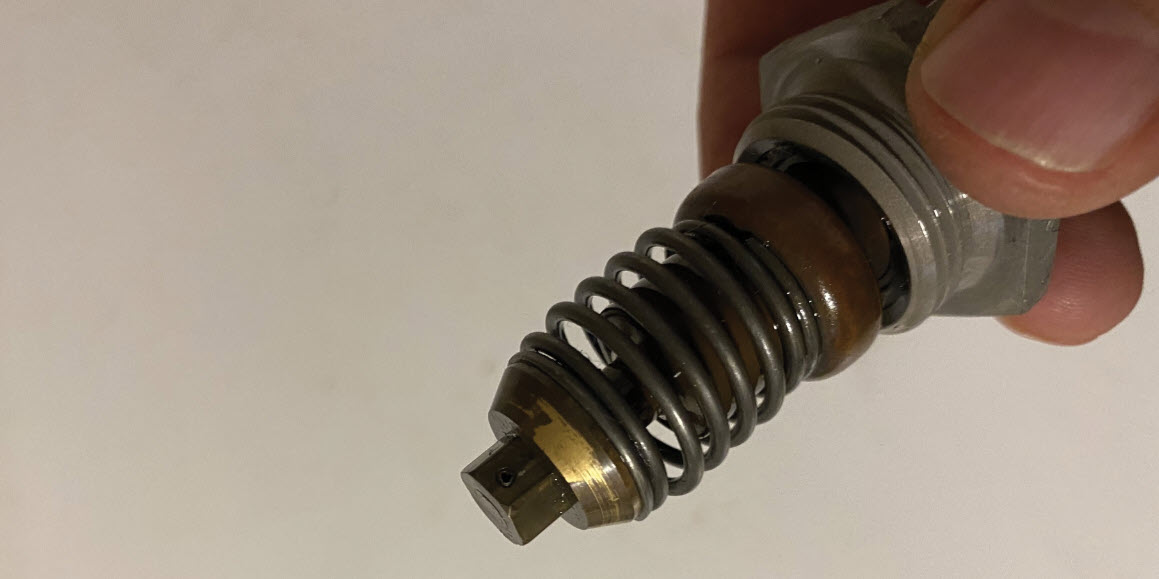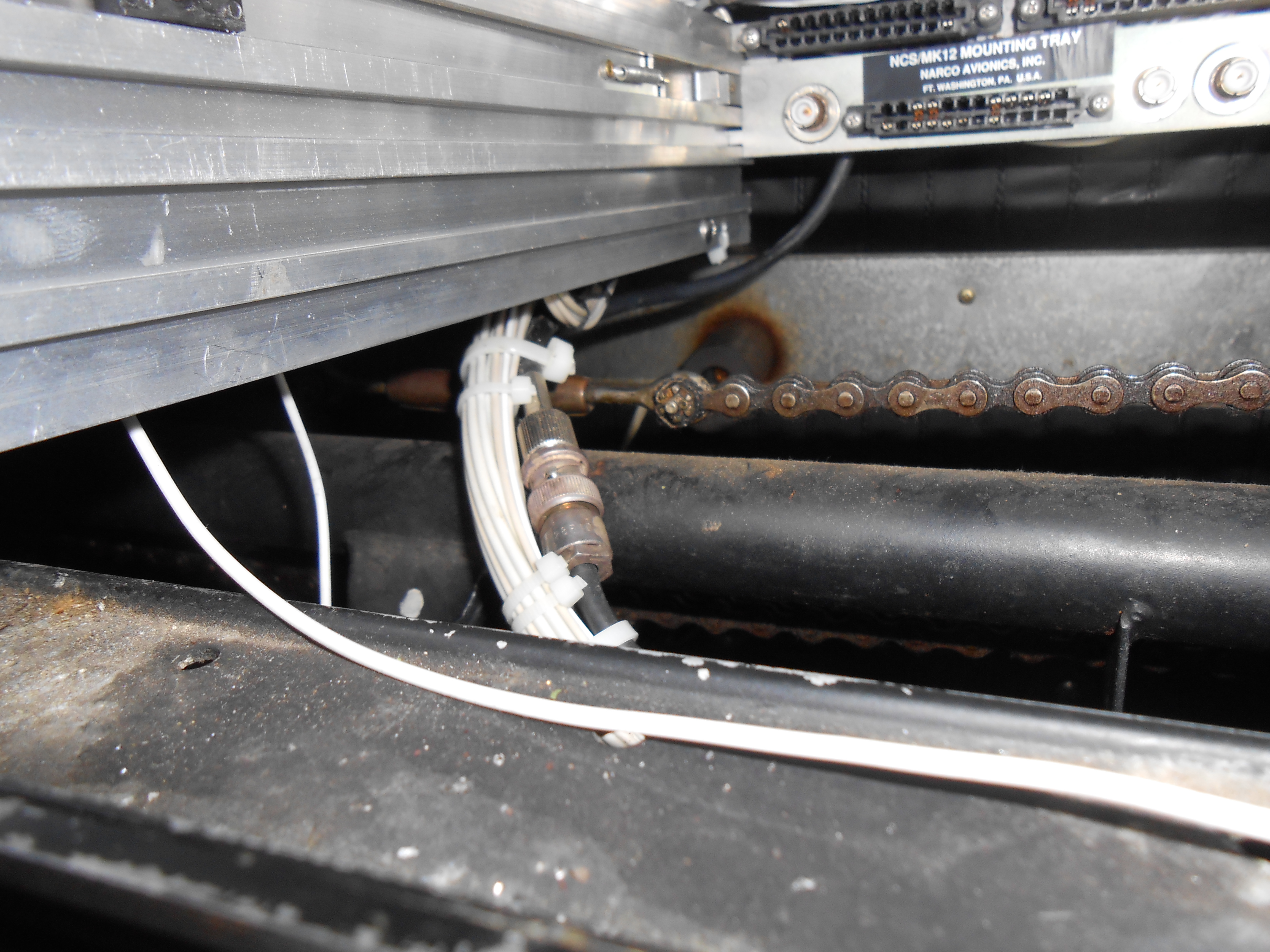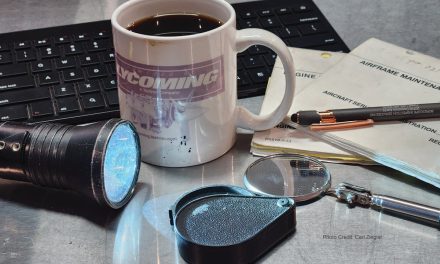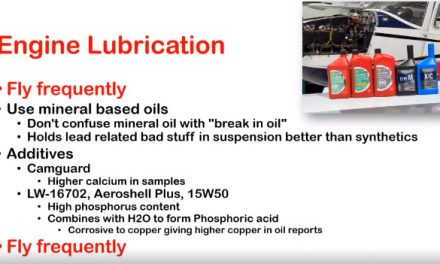Q
I am not sure if this is something our more technical members have seen before. My Vernatherm on my 0-470U seems to suffer low oil temps in flight, mostly never over 120 degrees F in cruise. I never really noticed it much before we installed my digital engine monitor and it let me know a measured reading. My stock gauge in my ’62 182E was just the green arc and I was in it, just barely. I covered most of my oil cooler with aluminum tape this fall to marginally increase temps. I pulled the Vernatherm today as we were removing the propeller for its 10-year service. We were surprised by the marks on it.
There is a definite wear area on the seat of the valve. We think this is causing bypass as it probably isn’t seating properly. My mechanic said he’s not seen this before. I priced a replacement from Aircraft Spruce here in Canada, and it’s an $800 dollar part.
If anyone has a source for these cheaper or has a used one, the part number is 689305.
— BruceCFVVU
A
Before you replace it with a new one, borrow one from a friend and install it for a test flight. That will tell you if your old one needs repair or not. I also found one on eBay for $50.
— Scott Sherer, COO Aviation Director
A
The Vernatherm is a wear item. It has a wax cartridge that expands when the wax melts, which causes the valve to push out toward the seat. I have only ever replaced one between overhauls, and that turned out to be unnecessary. I was seeing “sky-high” oil temps in flight, which turned out to be due to a failing temperature probe.
When your Vernatherm seats, it is directing all the oil through the oil cooler. When it is retracted (not seated) it allows oil to flow to the engine without passing through the cooler. I’d be worried about a bad Vernatherm if I was seeing elevated temps, not low temps. You might note that the Lycoming operator’s manual for my engine (O-540) lists seven things to check for high oil temperature, but has no troubleshooting steps at all for low oil temp.
There are three likely places for oil temp to be measured:
- a. the oil sump.
- b. the oil as it leaves the oil pump.
- c. oil as it leaves the oil cooler.
Those will show substantially different temps. If the Vernatherm is working properly, there might be only a trickle of oil passing through the oil cooler, so the flow from the cooler may be pretty darned cool. I bet that cooler return temp is what your engine monitor is reading. You may ask your mechanic to check the engine monitor STC to make sure your sensor is installed in the right place.
The oil temperature we really care about is when the oil has just passed through the engine bearings, because that’s when it is the warmest. We can’t easily measure temperature at that location, so instead we usually try to measure the oil temp where the oil is leaving the pump — typically on the way to the oil filter. We assume (based on design of the oil system) that peak oil temp is 30 or 40 degrees hotter than what we can measure at the oil temp outlet, so 180 degrees F oil temp means that oil is leaving the bearings at 210-220 degrees F, plenty hot enough to boil off any moisture the oil has picked up.
— Jerry LeCroy, A&P/IA






